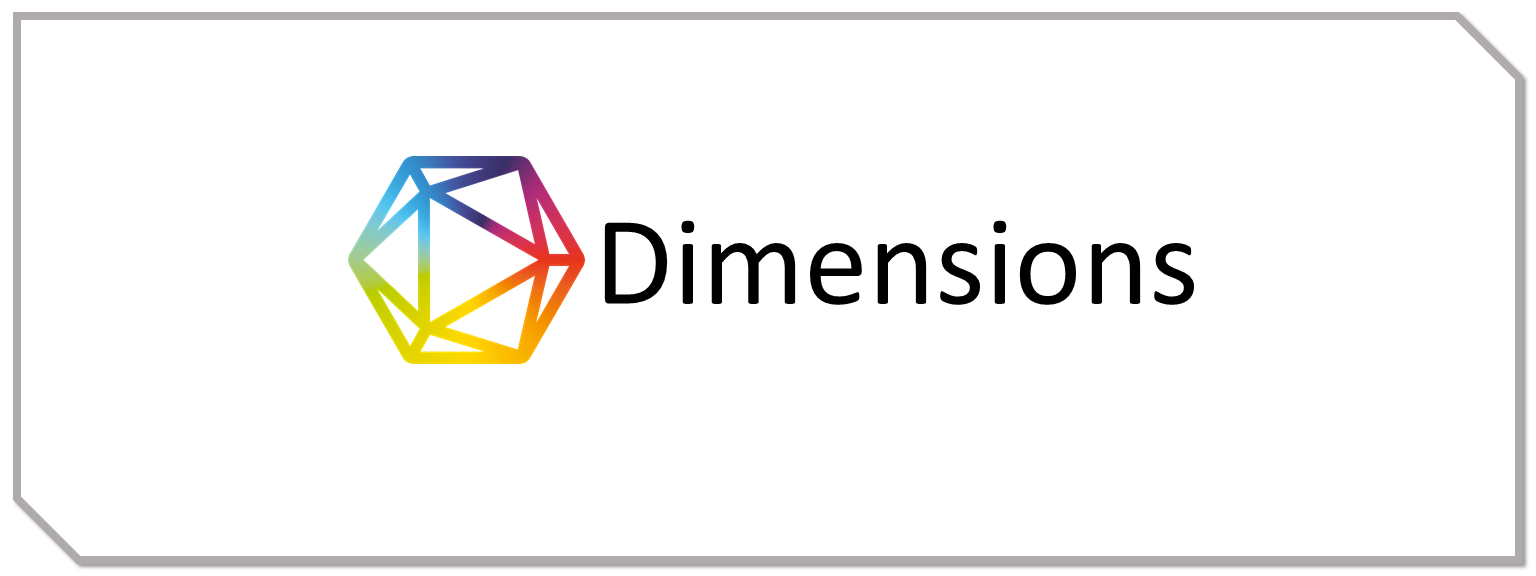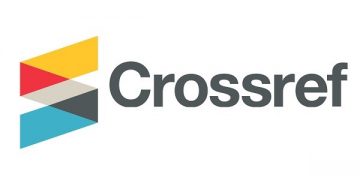MUSIK SEBAGAI KRITIK SOSIAL: ANALISIS KOMUNIKASI DALAM LAGU 'BAYAR BAYAR BAYAR' OLEH BAND SUKATANI
DOI:
https://doi.org/10.61722/jmia.v2i4.6241Keywords:
Music as Social Criticism, Police Corruption, Social Media, Agenda-Setting, Framing Theory.Abstract
The song "Bayar Bayar Bayar" by Band Sukatani has sparked an interesting social phenomenon, with lyrics that explicitly criticize corruption within the police force. This study aims to analyze how the song shapes public discourse on police corruption through mass communication theory, agenda-setting, and framing. Using a qualitative approach and case study design, this research identifies the role of social media and mass media in disseminating the social critique conveyed through the song. The findings reveal that social media plays a key role in accelerating agenda-setting, while mass media frames the issue, thereby influencing public perception of the police institution. Lyrical analysis reveals that the song uses symbolism and metaphors to portray social injustice and corruption within the police. This research enriches mass communication theory literature and provides new insights into the use of music as social criticism in the digital era. The findings also emphasize the importance of freedom of expression and media literacy amidst the dominance of social media in shaping public opinion.
References
Abiodun, O. A., & Nwaoboli, E. P. (2023). Analysis of The Guardian Online newspaper framing of the Russian--Ukraine war. International Journal of Arts, Humanities and Management Studies, 9(2), 33–43.
Babaeitarkami, S., & Baghchi, S. (2024). The Influence of Art on Society: Exploring the Impact of Visual Arts, Music, and Literature. Br. J. Arts Humanit., 6(6), 356–363. https://doi.org/10.34104/bjah.02403560363
Bengtsson, M. (2016). How to plan and perform a qualitative study using content analysis. NursingPlus Open, 2, 8–14.
Bonsu, E. M. (2023). ‘Trapping My Way Up’: A Corpus-Assisted Discourse Analysis of Black Sherif’s Songs. Critical Discourse Studies, 22(1), 19–36. https://doi.org/10.1080/17405904.2023.2269276
Braun, V., & Clarke, V. (2006). Using thematic analysis in psychology. Qualitative Research in Psychology, 3(2), 77–101. https://doi.org/10.1191/1478088706qp063oa
Carbone, L., & Mijs, J. (2022). Sounds Like Meritocracy to My Ears: Exploring the Link Between Inequality in Popular Music and Personal Culture. Information, Communication & Society, 25(5), 707–725. https://doi.org/10.1080/1369118X.2021.2020870
Creswell, J. W., & Poth, C. N. (2016). Qualitative inquiry and research design: Choosing among five approaches. Sage publications.
Emelu, M. N., & Brossmann, B. (2025). From Guns to Mental Health and Accountability: Decoding Media Narratives and Audience Reactions in Public Mass Shootings. Journalism and Media, 6(1), 11. https://doi.org/10.3390/journalmedia6010011
Erhiegueke, A. W., Esimone, C. C., & Ugoo-Okonkwo, I. A. (2022). Social media and its influence on 21st century Nigerian youths: the popular music reality. International Journal of Research in Humanities and Social Studies, 9(5), 15–22.
Ezung, S., & Koza, K. O. (2023). The Influence of Social Media on Public Discourse: Examining How Social Media Shape Popular Opinion. Unpublished Manuscript.
Fairclough, N. (2023). Critical discourse analysis. In The Routledge handbook of discourse analysis (pp. 11–22). Routledge.
Habermas, J. (2022). Reflections and Hypotheses on a Further Structural Transformation of the Political Public Sphere. Theory, Culture & Society, 39(4), 145–171.
Hidayatullah, A. A., & Hariyanto, D. (2025). Representasi Kritik Sosial Pada Lirik Lagu 1984 Oleh Superman is Dead. Heritage, 13(1), 33–50. https://doi.org/10.35891/heritage.v13i1.5983
Krippendorff, K. (2018). Content Analysis: An Introduction to Its Methodology. Sage Publications.
Lin, Y. (2022). Social media for collaborative planning: A typology of support functions and challenges. Cities, 125, 103641. https://doi.org/https://doi.org/10.1016/j.cities.2022.103641
Mavrodieva, A. V, Rachman, O. K., Harahap, V. B., & Shaw, R. (2019). Role of Social Media as a Soft Power Tool in Raising Public Awareness and Engagement in Addressing Climate Change. Climate, 7(10), 122. https://doi.org/10.3390/cli7100122
McQuail, D. (2010). McQuail’s Mass Communication Theory. Sage Publications.
Putri, N. A., Rusmawaty, D., & Suhatmady, B. (2025). Mic As Weapon: Analysis Of Breaking Silence Through Feast’s Lyrics In The Context Of Educational Management. Journal of Educational Management Research , 4(4 SE-Articles), 1308–1319. https://doi.org/10.61987/jemr.v4i4.1120
Rabinowitch, T.-C. (2020). The Potential of Music to Effect Social Change. Music & Science, 3, 2059204320939772. https://doi.org/10.1177/2059204320939772
Rajshri, R., & Malloy, J. (2023). Evolving Role of Social Media in Health Promotion (B. S. Garg (ed.)). IntechOpen. https://doi.org/10.5772/intechopen.111967
Sadler, O. (2022). Defiant Amplification or Decontextualized Commercialization? Protest Music, TikTok, and Social Movements. Social Media + Society, 8(2), 20563051221094770. https://doi.org/10.1177/20563051221094769
Samsudin, D. (2020). Understanding the models of framing analyses approaches in media framing studies. Proceedings of the Second International Conference on Social, Economy, Education and Humanity (ICoSEEH 2019)-Sustainable Development in Developing Country for Facing Industrial Revolution, 4, 385–389.
Sharda, M., Tuerk, C., Chowdhury, R., Jamey, K., Foster, N., Custo-Blanch, M., Tan, M., Nadig, A., & Hyde, K. (2018). Music improves social communication and auditory–motor connectivity in children with autism. Translational Psychiatry, 8(1), 231. https://doi.org/10.1038/s41398-018-0287-3
Shoemaker, P. J., & Reese, S. D. (2014). Mediating the Message in the 21st Century: A Media Sociology Perspective. Routledge.
Sitompul, A. (2023). Alternative Dispute Resolution Criminal Acts Of Money Politics In Elections In View Of Normative Law. International Asia Of Law and Money Laundering (IAML), 2(1), 1–9.
Wibowo, A., Chen, S.-C., Wiangin, U., Ma, Y., & Ruangkanjanases, A. (2021). Customer Behavior as an Outcome of Social Media Marketing: The Role of Social Media Marketing Activity and Customer Experience. Sustainability, 13(1), 189. https://doi.org/10.3390/su13010189
Yin, R. K. (2018). Case study research and applications (Vol. 6). Sage Thousand Oaks, CA.
You, G., Gan, S., Guo, H., & Dagestani, A. A. (2022). Public Opinion Spread and Guidance Strategy under COVID-19: A SIS Model Analysis. Axioms, 11(6), 296. https://doi.org/10.3390/axioms11060296
Downloads
Published
Issue
Section
License
Copyright (c) 2025 JURNAL MULTIDISIPLIN ILMU AKADEMIK

This work is licensed under a Creative Commons Attribution-ShareAlike 4.0 International License.











